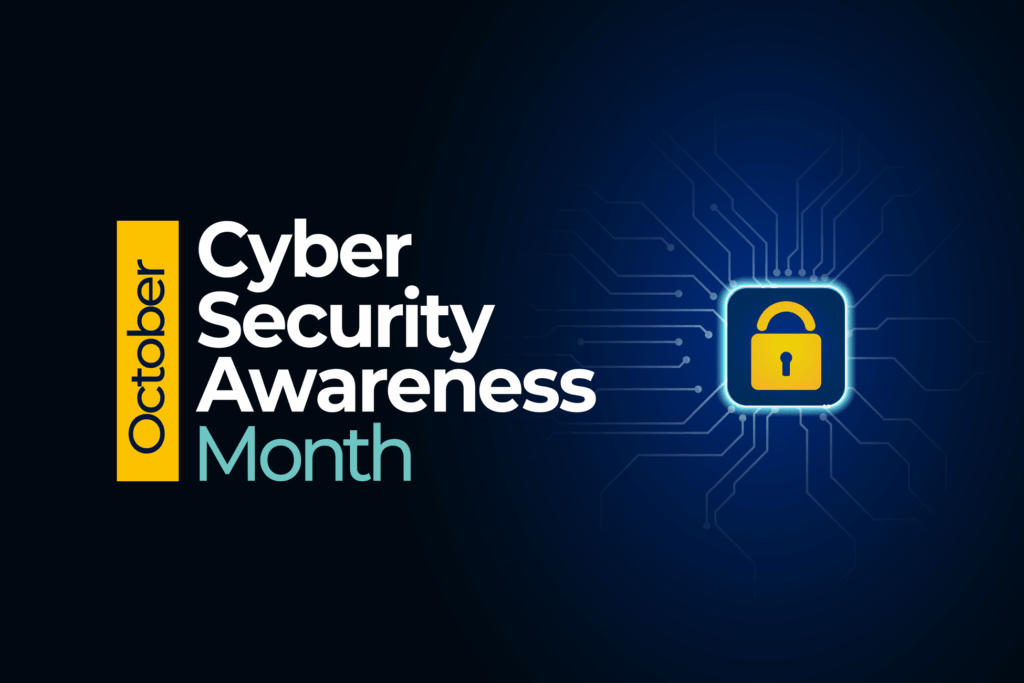Artificial intelligence (AI) has rapidly advanced over the last decade to a point where it can now outperform humans at tasks such as reading comprehension and image recognition.
- Data Privacy
Reframing Data Mapping as a Strategic Business Tool
-
By Zaviant

Written by John Demos
Many organizations begin data mapping with compliance in mind – and for good reason. Regulations such as GDPR, CCPA, and others increasingly demand detailed records of how personal information is processed. But when implemented thoughtfully, data mapping offers value well beyond regulatory obligations. It becomes a lens through which organizations can better understand their data landscape, uncover inefficiencies, strengthen internal controls, and support smarter decision-making. The organizations that approach data mapping with a broader purpose tend to see more meaningful returns—operationally and strategically.
Better Visibility Leads to Better Operations
Many data privacy professionals approach data mapping with generic processing purpose categories—terms like “HR” or “Marketing” appear frequently in records. While these labels may technically satisfy compliance checklists, they often obscure opportunities for operational improvement. More specific processing purposes may reveal where an organization collects data redundantly across multiple teams or tools. For instance, an organization may opt to differentiate three processes under an “HR” label into “HR Recruitment”, “HR Benefits”, and “HR Reporting.” Three processing activities simply labelled “HR” dilutes the potential to differentiate the operational nuances between processes – a broad set of personal information can reasonably be attributed to “HR.” Precise labelling enables simplification and consolidation, which in turn saves time and reduces the potential for error – why would applicant data be needed in “HR Benefits” if it is already processed in “HR Recruitment?” By shifting from a form-driven mindset to one focused on actual data use, organizations can unlock process improvements that support both privacy and operational goals.
Detailed Classification Strengthens Security and Compliance
Security and privacy teams also benefit when they apply more precise categorizations to data classification. Grouping all personal information under general terms like “Contact Information” can create blind spots. For instance, storing home addresses may warrant stricter controls than storing email addresses alone, depending on the use case and regulatory environment.
By mapping data elements in more granular detail, organizations can apply appropriate safeguards, assign risk levels more effectively, and respond more confidently to access and deletion requests. This kind of precision supports both regulatory obligations and practical information governance.
For organizations navigating multiple privacy regimes, having a well-maintained data inventory is increasingly becoming a foundational requirement. The IAPP U.S. State Privacy Tracker provides a useful overview of how quickly these obligations are evolving.
Mapping Data Flows Enables Cross-Functional Insights
In addition to capturing what data is processed and why, data mapping also provides clarity on where information resides and how it moves between systems. Organizations leverage this flow-level visibility for security, IT architecture, business continuity planning, and privacy-related processes.
Understanding which upstream systems drive downstream updates allows teams to streamline their operations – DSAR workflows can be simplified, vulnerable systems can be better identified, system ownership could be consolidated, etc. Similarly, mapping vendor data flows brings clarity to third-party risk assessments, often revealing relationships that weren’t fully understood or documented.
Getting Started and Building Sustainably
Effective data mapping need not begin with a massive enterprise-wide effort. Many organizations benefit from a phased approach, starting with high-risk areas or departments with complex data practices, and expanding over time. Zaviant guides clients through scoping, data classification, system flow development, and vendor engagement. More importantly, we build capacity within client teams to ensure their data mapping remains useful and current over time. A well-maintained data map is not just a compliance tool – it becomes a living asset for managing data responsibly and efficiently.
A Foundation for Smarter Data Management
Ultimately, data mapping provides organizations with something increasingly valuable: clarity. It clarifies how data supports business functions, where risks reside, and how to build better controls. Organizations that invest in this clarity position themselves to meet compliance requirements, respond to data subject requests, and make informed decisions about technology, vendors, and process improvements. If your organization is ready to turn data mapping into something more strategic, Zaviant is here to help. For more information, contact our team at [email protected].
Share This Post
- Get The Latest In News & Insights
Explore solutions
Data Privacy, Security & Risk
Build or improve upon your data privacy policies and controls.
Platform Expertise
We tailors strategies to your unique risks and compliance needs, ensuring robust protection against cyber threats.
Regulatory Compliance & Frameworks
Zaviant's experts anticipate and mitigate cyber risks, safeguarding your data from diverse threats.







